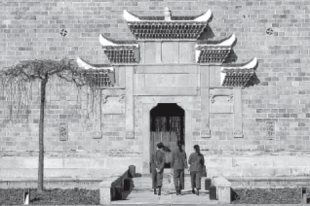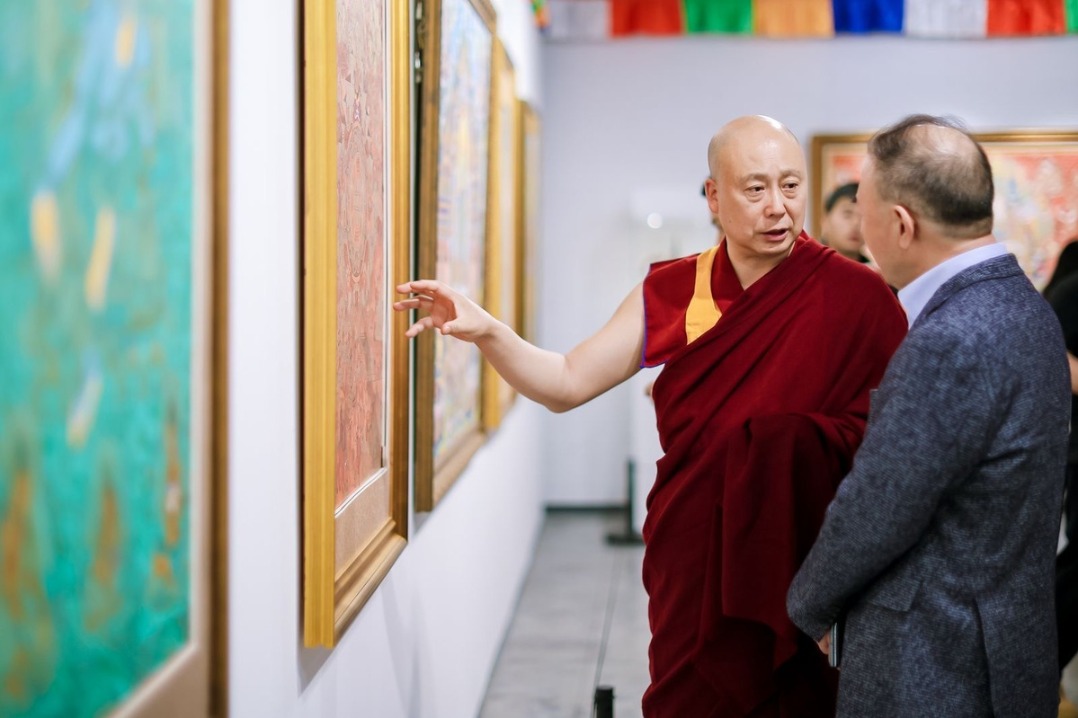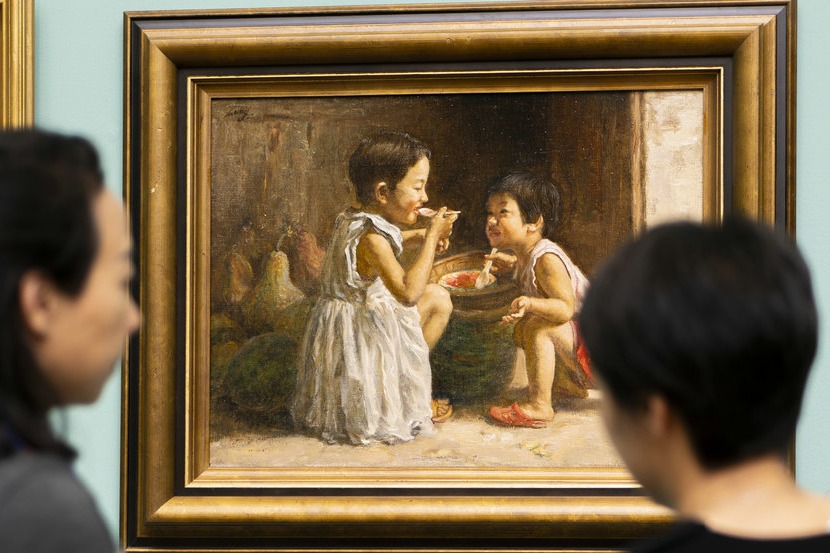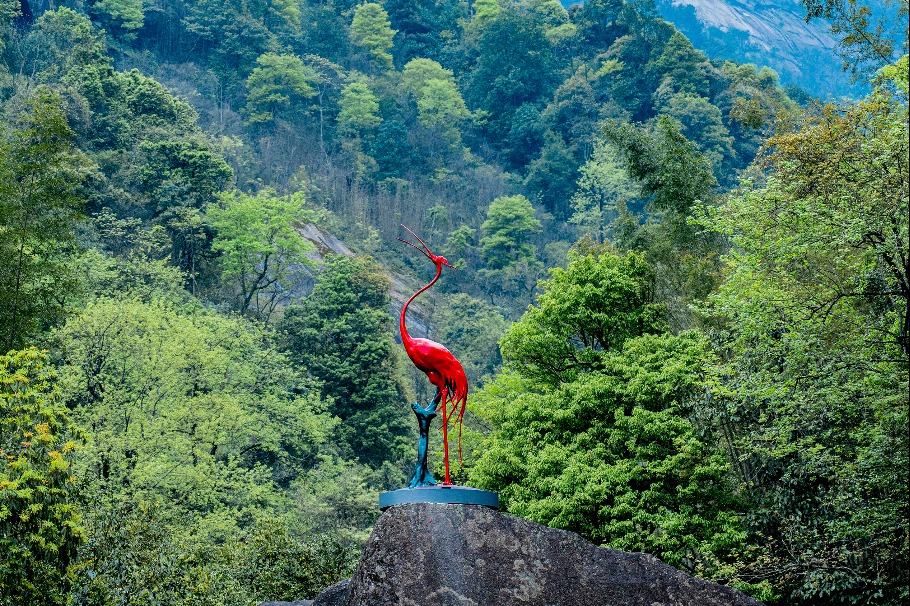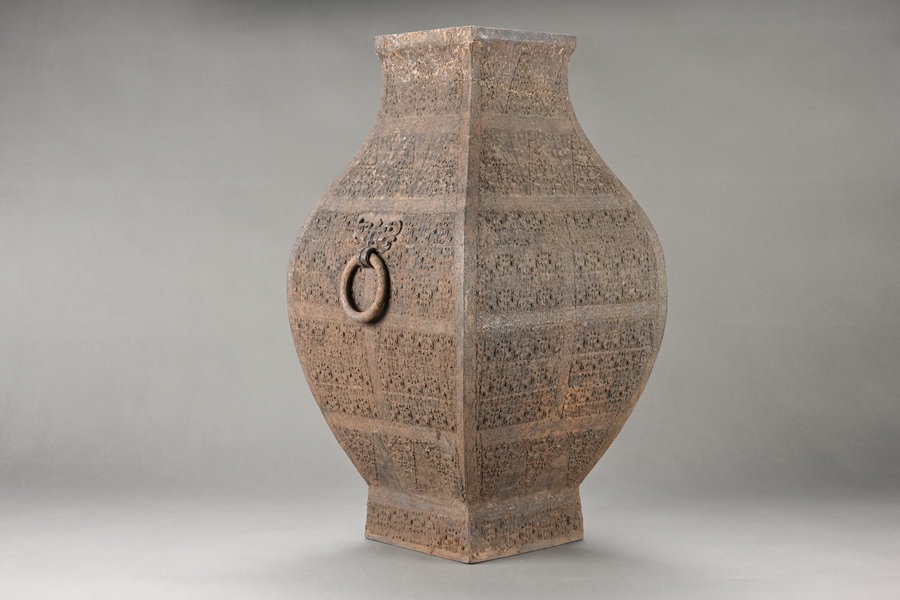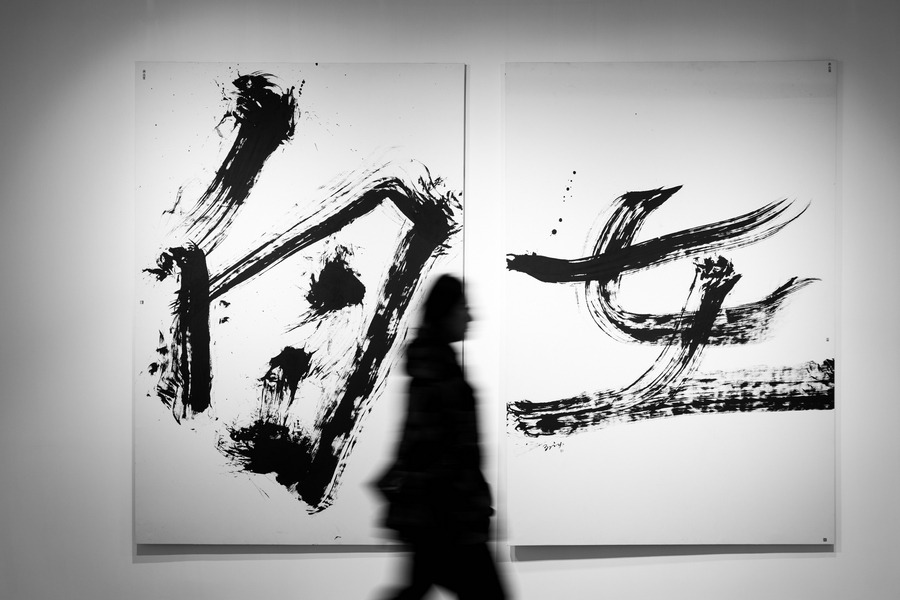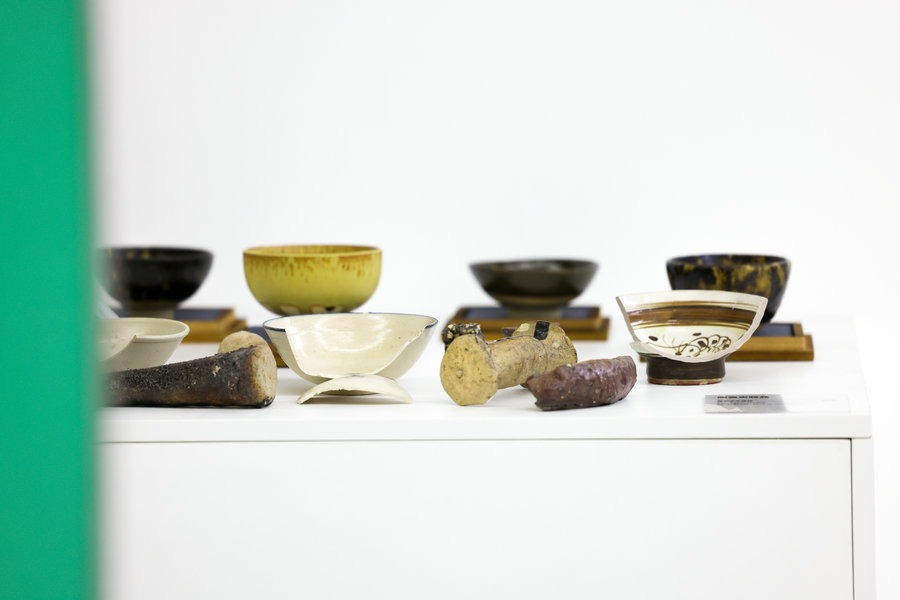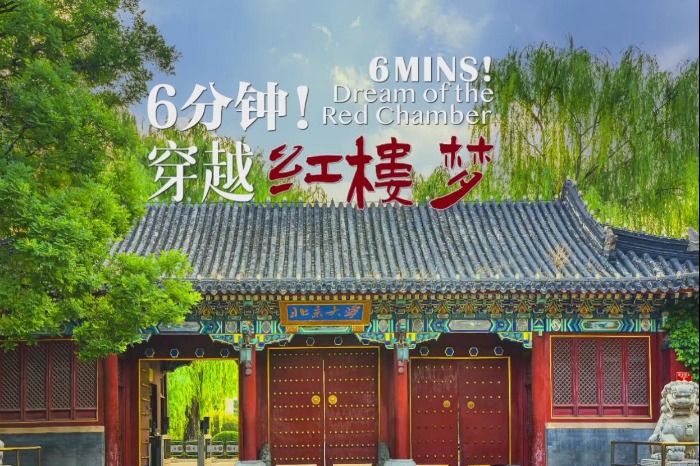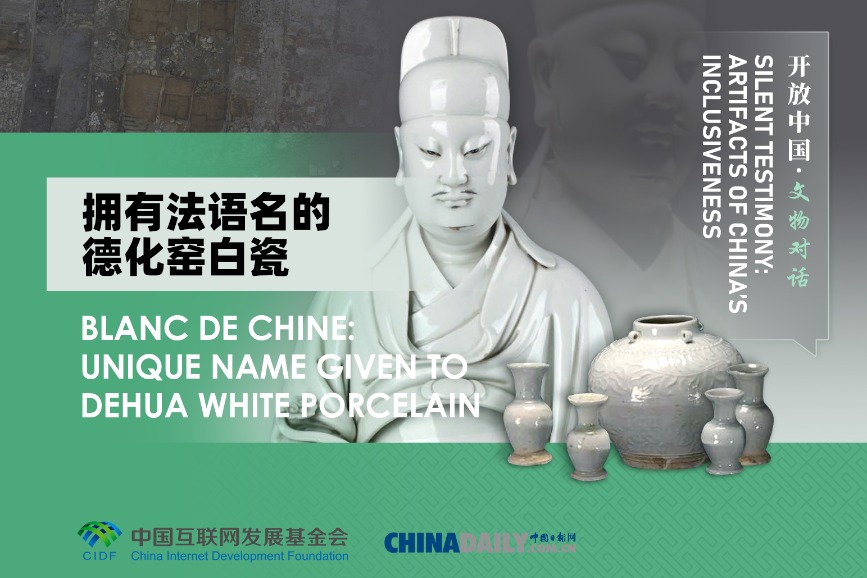To preserve the past


Traditional Chinese homes are quickly vanishing from the landscape as China's drive toward modernity gains pace, and experts say that everyone has a role to play in ensuring that heritage architectures do not go extinct
For most people, the Chinese New Year is a period of family reunion and feasting. For Ma Dadong, the New Year of 2002 had another significance - it was life-changing.
During his holiday back home in Jiangxi province, Ma - he was then living and working in Shanghai - learned from the locals that the authorities were planning to build a 15-square-kilometer reservoir in vicinity of the village where he was born in order to prevent flooding and generate electricity. The project would involve cutting down thousands of ancient camphor trees and removing hundreds of traditional residences.
"In Shanghai, buildings that date back to a century are listed as historical artifacts. These trees and houses that were about to disappear were much older than that," said Ma in a Discovery Channel documentary.
Such was his determination to preserve this piece of heritage that he sold his advertising agency in 2002 in order to fund the project to relocate some 10,000 trees and 50 houses from Jiangxi to Shanghai.
Along the way, Ma discovered that many people were chucking away their silkwood furniture when their old houses were demolished. He then decided to recycle these discarded products and manufacture furniture using recycled silkwood. The profits from this secondary business has since been used to support his main goal.
In 2009, Adrian Zecha, the founder of luxury hospitality brand Aman Resorts, learned about Ma's ambitious project and decided to partner with him to establish the brand's Shanghai outpost - Amanyangyun.
Earlier this January, Amanyangyun Shanghai - it means "nurturing the energy of the clouds" in Chinese - held its soft opening. The new hotel stands out in Aman's portfolio as the brand's largest project with 77 rooms. Aman hotels typically have no more than 55 rooms. Amanyangyun also stands out in terms of price point - with room rates ranging from 6,000 to 80,000 yuan per night ($950 to $12,700), it is the most expensive hotel in China.
The hotel's management team told China Daily USA that its occupancy rate has already been "exceptionally high". Most of the current occupants belong to Aman Junkie, an elite group of jetsetters who travel from one Aman resort to the other for their getaways.
"Shanghai, if not China as well, may be filled with outlets of literally every luxury brand in the world, but there is still little chance to stay in an antique Chinese house," said Tang Yu'en, chief architect of Shanghai Architectural Design and Research Institute, which is responsible for the restoration of the old houses that are part of the project.
Occupying 18 hectares in Shanghai's Maqiao Village, a suburban area where Ma first replanted the trees uprooted from his hometown, the estate comprises five restaurants and bars, nine tea rooms and 13 villas, each featuring four rooms split between an old house and a contemporary annex. The rest of the guest rooms are located in newly-built houses.
Several Chinese media have speculated that the decadelong project would have cost Ma a whopping 3.3 billion yuan. Neither Ma nor Aman have commented on the actual amount spent.
Besides raising eyebrows over the price of their rooms, Amanyangyun has also reignited debate over whether antique houses should be repurposed for commercial use.
"It's beyond question that traditional Chinese houses are rapidly vanishing. I don't think the process can be reversed or even stopped. The most critical task now is determining what we can do with those still left, and I think every proposed solution is worth a try," said Tang.
Today, China's urbanization drive has meant that old houses are quickly being replaced by modern high-rise apartment compounds. In Jiangxi province, one of the regions in China that has the highest density of traditional architecture, more than half of the registered old buildings have been demolished between the two nationwide cultural relics surveys in 1983 and 2012, according to Jiangxi Morning Daily.


